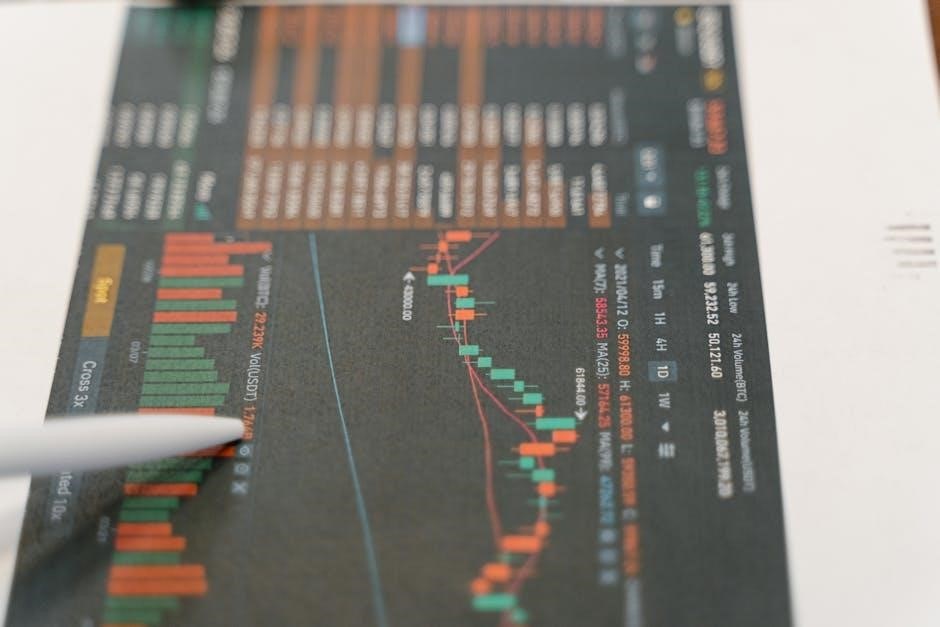Background of Digital Radiography
Digital radiography has its roots in the 1970s, with the introduction of digital subtraction angiography in 1977, and its clinical use in 1980, as mentioned in various online sources, including digital radiography articles. The technology has since evolved, with computed radiography (CR) technology being used in clinical practice, and the development of digital radiography technique charts to ensure optimal exposure and image quality. The use of digital radiography has become widespread, with many healthcare facilities adopting this technology to improve patient care and outcomes. According to online resources, including digital radiography websites, the background of digital radiography is closely tied to the development of digital imaging technologies, and has led to significant advancements in the field of radiography. Digital radiography technique charts have become an essential tool in this field, providing a guide for technologists to produce high-quality images while minimizing patient dose. Overall, the background of digital radiography is a story of continuous innovation and improvement, driven by advances in technology and a commitment to improving patient care.

Importance of Technique Chart in Digital Radiography
Technique charts ensure optimal image quality and patient safety using digital radiography with proper exposure techniques always in place for best results.
Developing a Technique Chart for Conventional Film-Screen Radiography
To develop a technique chart for conventional film-screen radiography, a milliampere (mA) chart is created using all available mA settings on the machine and all time settings less than one tenth of a second. This chart is used as a guide to determine the optimal exposure settings for each patient. The chart should include various combinations of mA and time settings to accommodate different patient sizes and anatomical structures. By using this chart, radiologic technologists can ensure that they are using the correct exposure settings to produce high-quality images while minimizing patient dose. The chart can be modified and updated as needed to reflect changes in equipment or techniques. Additionally, the chart can be used in conjunction with other tools, such as digital radiography systems, to further optimize image quality and patient safety. Overall, developing a technique chart is an important step in ensuring that radiologic technologists are using the best possible techniques to produce high-quality images.

Understanding the Technique Chart
Correct Technique for Digital Image

Components of a Technique Chart
Technique charts include kVp and mAs settings for optimal digital radiography always.
ESE Dose and mAs Settings
The ESE dose and mAs settings are crucial components of a digital radiography technique chart, used to determine the optimal exposure for each patient. The mAs settings are typically adjusted based on the patient’s size and the desired image quality. A higher mAs setting will result in a higher dose to the patient, but will also produce a higher quality image. The ESE dose, on the other hand, is a measure of the total dose delivered to the patient during the exposure. By using a combination of kVp and mAs settings, radiologic technologists can minimize the ESE dose while still producing high-quality images. This is achieved through the use of technique charts, which provide a guide for selecting the optimal exposure settings for each patient. The technique charts are typically developed using a range of mAs settings, from the lowest possible dose to the highest, and are used to ensure that the patient receives the minimum dose necessary to produce a diagnostic image.
